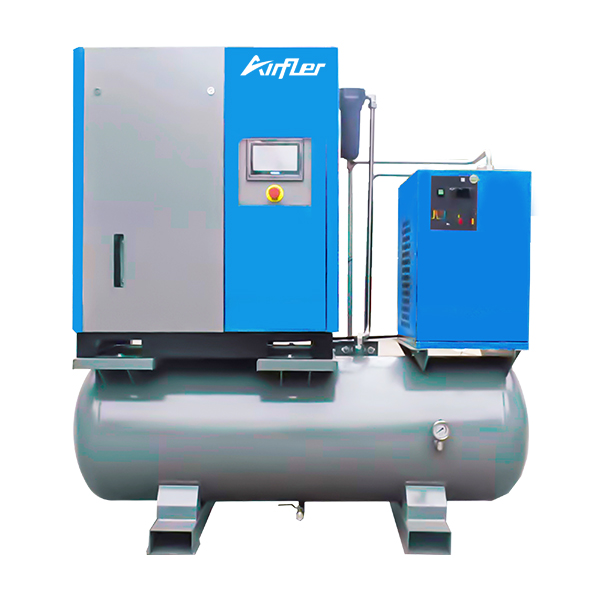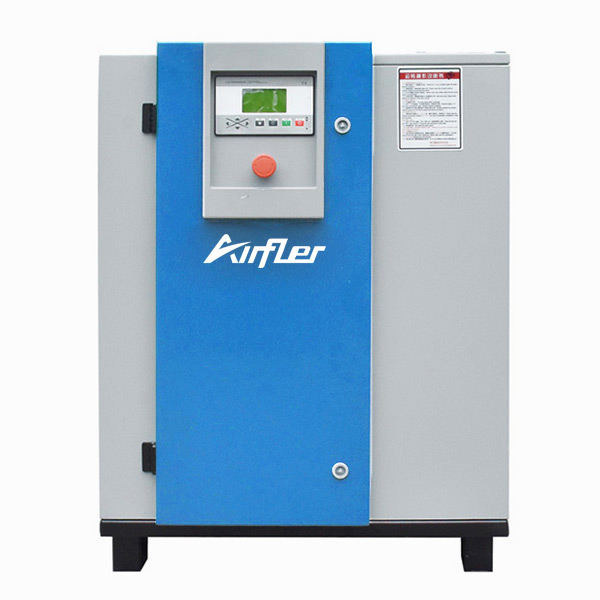I. Routine Operating Conditions
Standard Cleaning Intervals
Normal Environments (e.g., low-dust workshops): Clean every 3 months (1,200–2,000 operating hours).
Extended Intervals with OEM Filters: High-quality original filters may extend cleaning/replacement to 1,500–2,000 hours.
Monthly Maintenance Checks
Inspect filter surfaces monthly for dust buildup; clean immediately if significant accumulation is observed.
Initiate cleaning when the filter indicator light activates (e.g., weekly surface dust blowing).
II. High-Dust Environment Adjustments
Heavy-Dust Scenarios (e.g., woodworking, ceramic plants, textile mills):
Shorten cleaning intervals to monthly (500 hours) with increased blowing frequency.
Perform weekly reverse blowing of filter surfaces using compressed air.
Oil-Contaminated Environments:
For filters exposed to oil mist, conduct deep cleaning with neutral detergent every 2 months.
III. Cleaning & Replacement Coordination
Post-Cleaning Replacement Rules:
Replace filters after ≤5 cleaning cycles.
Immediate replacement is required if oil residue, deformation, or light-transmission-detectable damage persists post-cleaning.
Lifecycle Management:
Standard Filters: Total service life = 1,500–2,000 hours.
High-Dust Filters: Replace every 500 hours in extreme conditions.
Operational Best Practices
Track Runtime: Use equipment timers or maintenance logs to monitor filter usage precisely.
Environmental Adaptation: Install pre-filters in high-dust areas to extend main filter service intervals.
Prioritize Manufacturer Guidelines: Cleaning cycles may vary by filter material; always follow OEM manuals.
References: Integrated recommendations from sources.
This version maintains technical accuracy, aligns with ISO/ASME documentation standards, and ensures readability for maintenance teams. Let me know if you need further adjustments!
 English
English 简体中文
简体中文 French
French English
English Portuguese
Portuguese Russian
Russian Spanish
Spanish






